black specks in my honey
thisbud4u
15 years ago
Related Stories
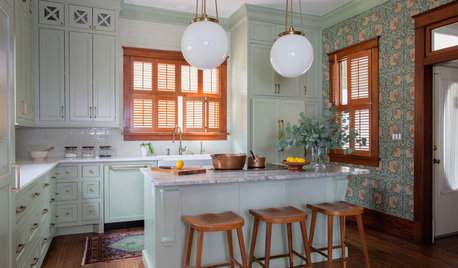
KITCHEN OF THE WEEKKitchen of the Week: Goodbye, Honey Oak — Hello, Minty Green
After more than 30 years, the Kloesels revamped their space to reflect their rural country town and Victorian-style home
Full Story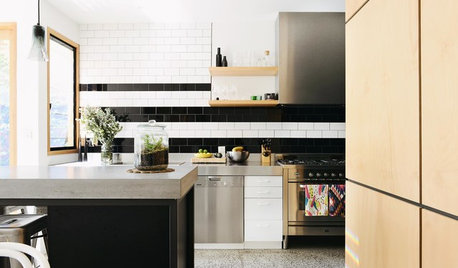
COLOR10 Pair-Ups for Black in the Kitchen
Combine black with other colors to add drama, polish and modernity. It also can make a kitchen look more spacious
Full Story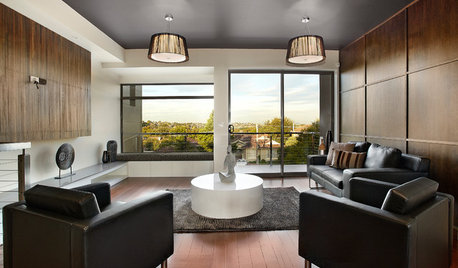
COLOR11 Reasons to Paint Your Ceiling Black
Mask flaws, trick the eye, create drama ... a black ceiling solves a host of design dilemmas while looking smashing
Full Story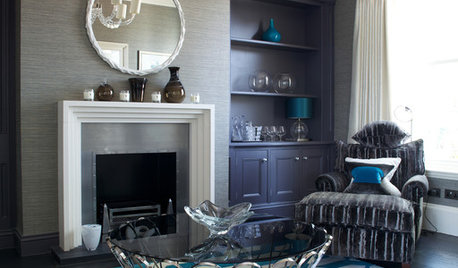
FLOORSDrama’s Afoot With Striking Black Floors
Be bold. Be brave. Drench your floors in black for a memorable interior scene
Full Story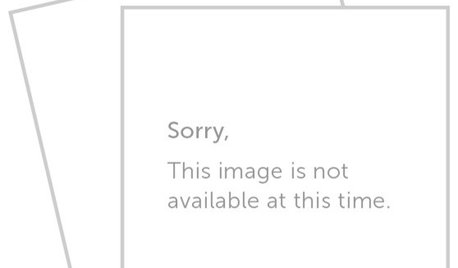
BLACKThe Case for Beautiful Black Doors
To-do list: Freshen up the house with crisp black doors, inside and out
Full Story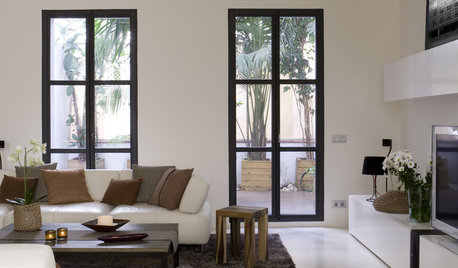
COLORWake Up Your Woodwork With Black
Strike a dramatic note with black window frames, shelves, stairs and more, making features stand out or blend in
Full Story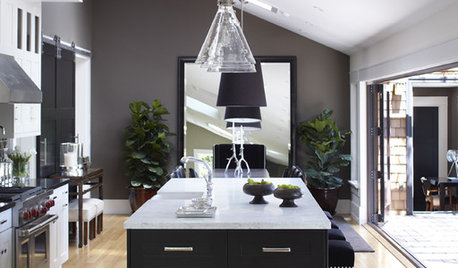
BLACKCooking With Color: When to Use Black in the Kitchen
Consider sampling Caviar or Cracked Pepper on your kitchen walls or cabinets for richness and impact
Full Story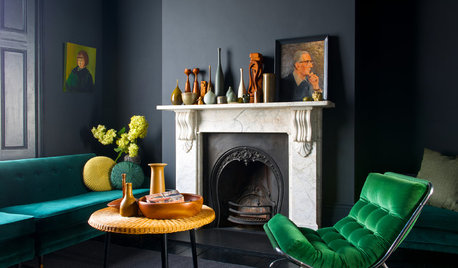
COLORHow to Add Just the Right Amount of Dramatic Black
Done right, black can add punch and personality to just about any room. Here’s how to go over to the dark side in style
Full Story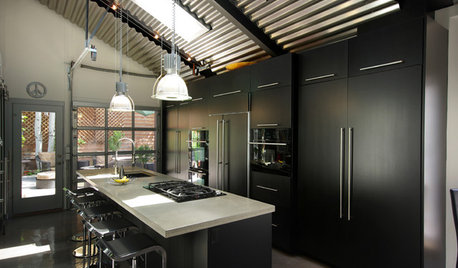
KITCHEN DESIGN10 Smashing Black Kitchens
Looking for something different from an all-white kitchen? Think about going stylishly dark instead
Full Story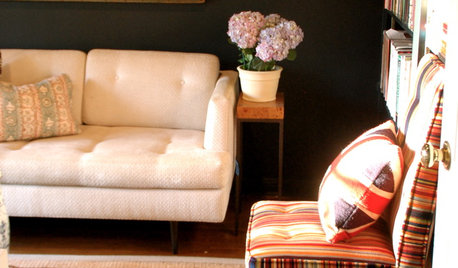
BLACKColor Guide: How to Work With Black
Take a walk on the dark side — your home has nothing to fear with this color when you know how to use it
Full Story





cpp6318
txbeeguy
Related Professionals
Londonderry Landscape Architects & Landscape Designers · Grand Haven Landscape Architects & Landscape Designers · Berwyn Landscape Contractors · Davidson Landscape Contractors · Fair Oaks Landscape Contractors · Fort Mill Landscape Contractors · Miller Place Landscape Contractors · Overland Park Landscape Contractors · Peoria Landscape Contractors · Raleigh Landscape Contractors · Sammamish Landscape Contractors · Vallejo Landscape Contractors · Selma Landscape Contractors · North Hills Landscape Contractors · Shafter Landscape Contractorsthisbud4uOriginal Author
txbeeguy
cpp6318
thisbud4uOriginal Author
txbeeguy
txbeeguy